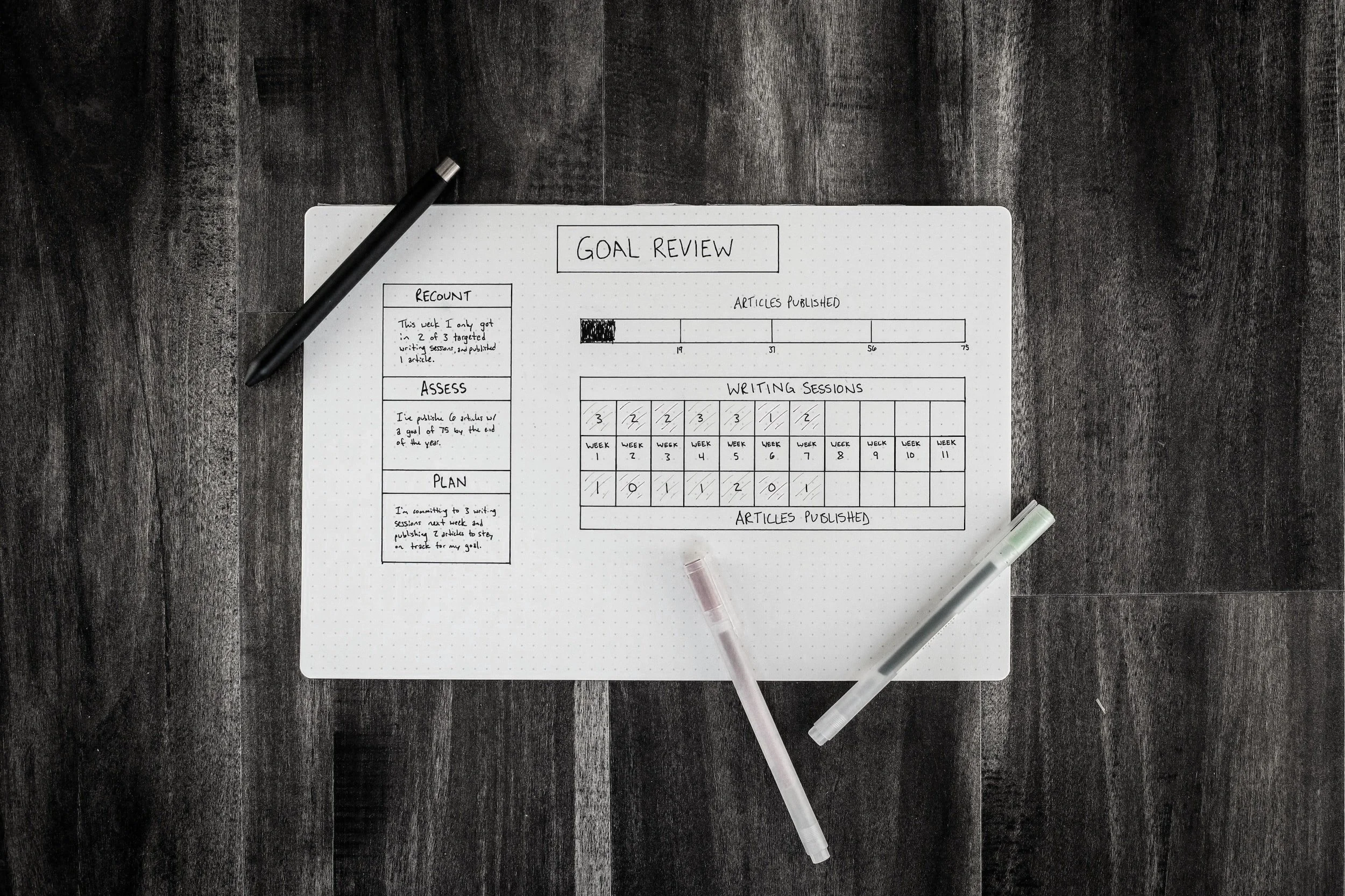
“A Vision without a Strategy remains an Illusion”
– Lee Bolman
From Vision to Plan
I’ve been helping companies to transform their Visions into actionable Plans for over 10 years.
Strategy
Building a successful strategy is hard work. It takes good management, strong leadership, research, and the right team.
Having a UX strategy is foundational to business triumph. However, team practitioners must also be able to articulate how executing the strategy will make our business more successful clearly.
Vision
To craft a plan for how to get somewhere, we first have to know where we’re going and why. Think of our vision as the summary of our product or service in its perfect form and of the value it provides.
As part of the overall strategy, a user-centered vision or a mission statement, sometimes in conjunction with other guiding principles such as key-value propositions, differentiation, or positioning statements, communicate these aspirations and ideal outcomes.
Effective visions inspire employees, stakeholders, and customers, and guide decision-making and innovation strategies.
They must be vivid and exciting but practical enough to motivate teams in a well-perceived timeframe.
Goals & Measures
The success of a product is a function of its usefulness to customers, but making this connection requires understanding the business model.
The design team must learn how our organization makes and spends money and what it cares about. So before we start designing for our users, we take the time to fully understand our organization’s business model and create a framework for discussing how the user experience will fit into those objectives.
The goals and key results we establish should tie directly to end-user needs, helping you make a priority, tradeoffs, and deferral decisions. It also helps coordinate teams' efforts while allowing freedom to innovate within boundaries.
Plan
A plan is needed to achieve each goal, and every goal breaks down into multiple objectives.
Objectives describe the actions or steps to reach the goal over time. They may focus on solving a known problem in the user experience, exploring new ideas and opportunities, or additional user research and knowledge needed.
Completing objectives enables the team to show incremental progress for key results and the vision.
Plans should describe, not prescribe.
My teams make a plan that is flexible, understandable, and executable. The plan communicates what needs to be considered and when while working on each objective but doesn’t dictate how to conduct research or which solutions to execute. It frees up the teams doing the user experience work to decide once the plan is in place.
The plan’s time horizon should mirror the scope of the vision.
I advise stakeholders and individual contributors to work on identifying, diagnosing, prioritizing, and addressing the work outlined in the plan. Depending on the scope of the vision, the plan’s time horizon can be as narrow as the next three months or as wide as the next two years.
Prioritization is a must. Always.
To gain momentum for the UX strategy, I allow my teams to prioritize quick wins in the plan with revenue-growing potential — these will have a real business and user impact. And because the plan packages up the UX strategy, team members need to be able to refer to and update it as needed — it shouldn’t sit on a shelf in a dusty binder or an obscure server that no one accesses.
Strategy is the roadmap that keeps Teams focused, improves the Product, and establishes a collaborative culture of User-Centered Design.

